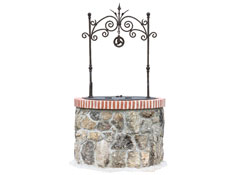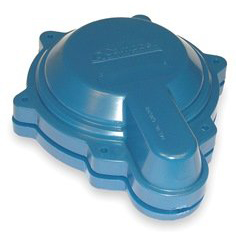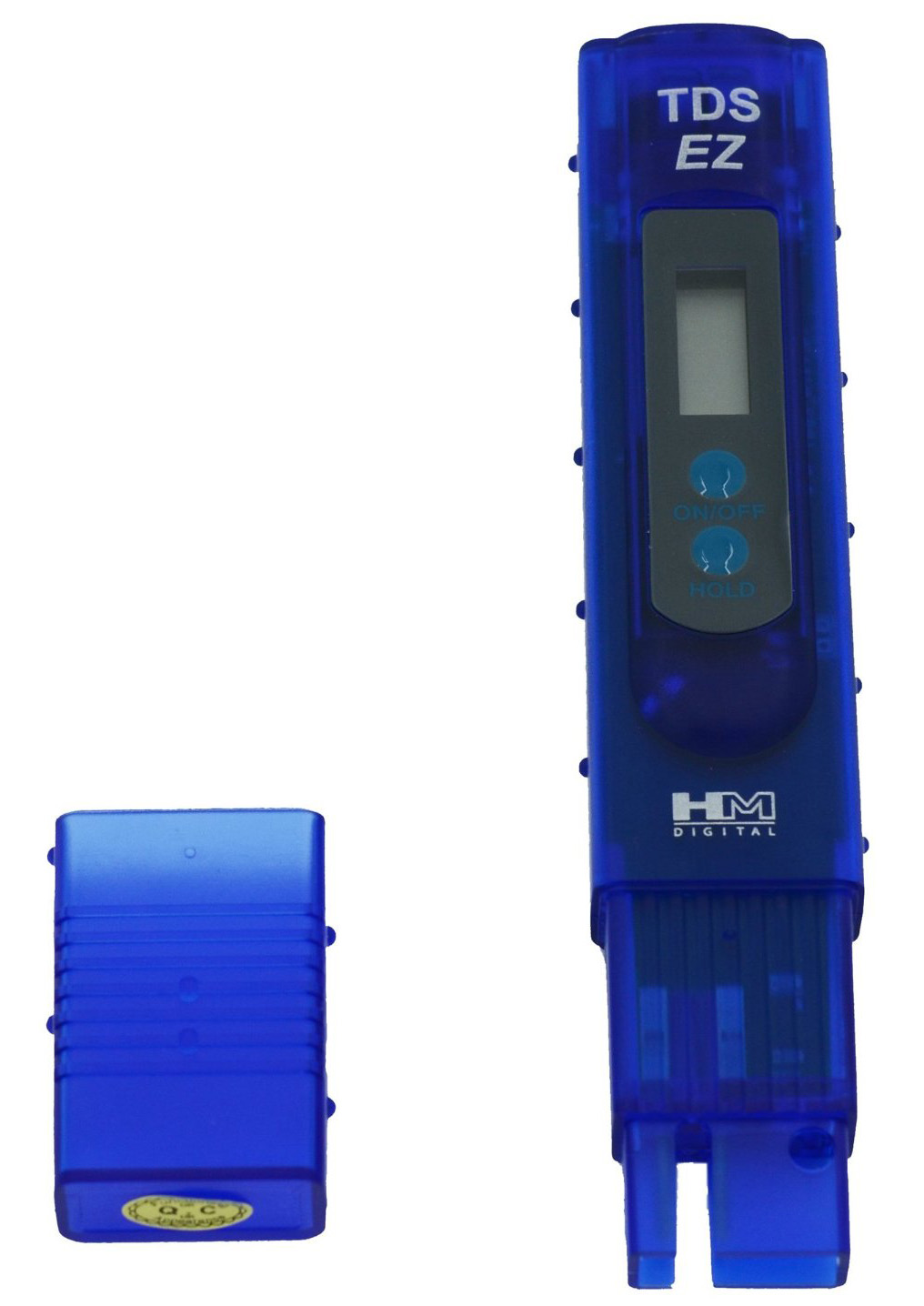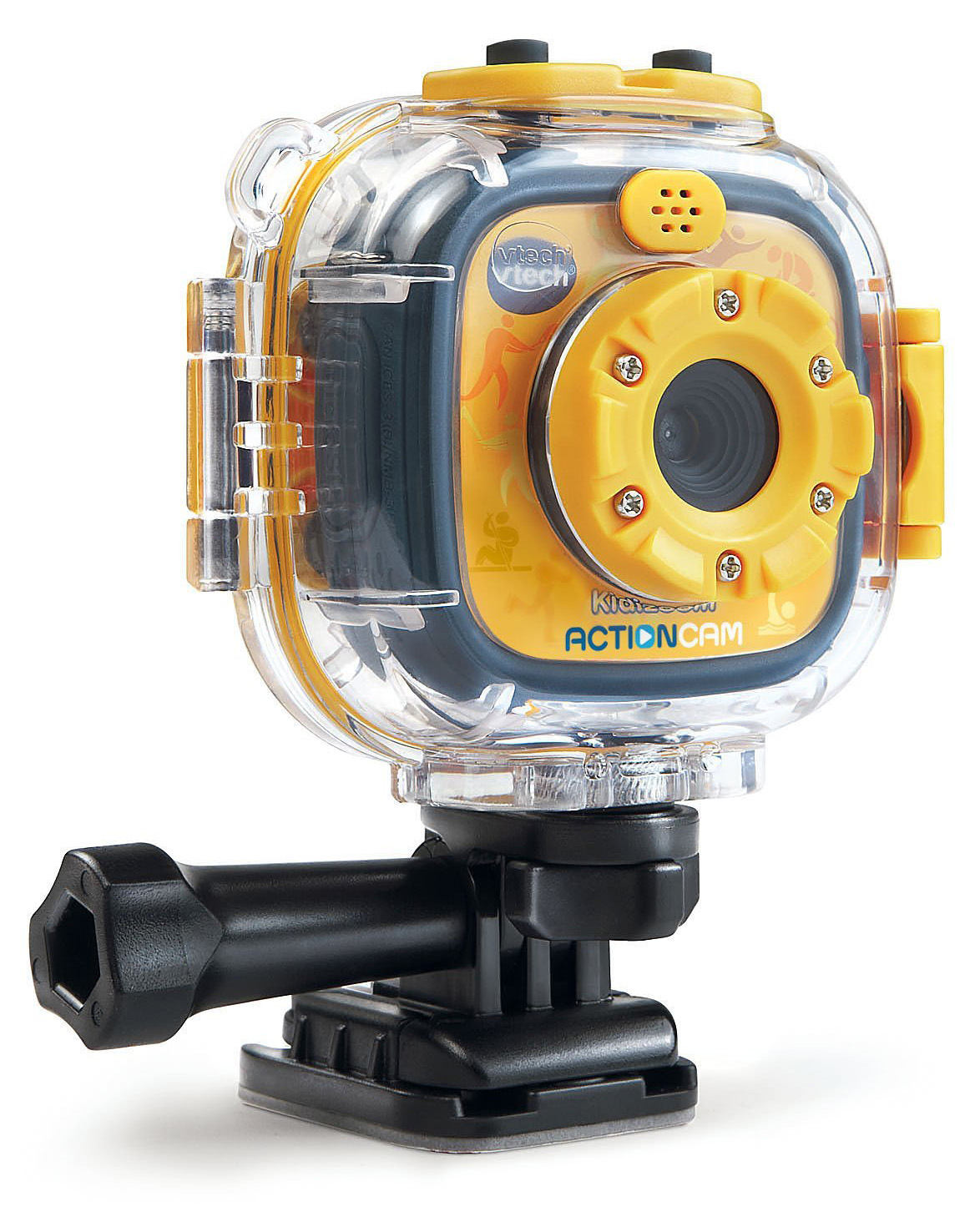Well Water
Routine Care Task
Inspect well and pump
Proper maintenance of your well and periodic testing of the water ensures the water remains safe for healthy consumption.
Priority
Timing: April (yearly)
NOTE: The tasks and timings shown here for your Well Water are based on a single-family home located in Massachusetts with a default set of home care goals and priorities.
If you setup your Home-Wizard personal home manager for a different location with different home care goals, your recommended home care program can have different tasks and timings for your {home feature}.
How To

Inspection should include the following tasks:
Well cap: Ensure that the well cap is securely in place and watertight.
Well casing: Joints, cracks, and connections in the well casing should be sealed.
Pump: The well pump should be serviced in accordance with your manufacturer's recommendation.
Pipes: Pipes should be inspected for signs of leaking or cracks.
Surface drainage: Surface drainage should flow away from the well casing, and surface water should not be allowed to collect near the well. The well should not be located downhill from any source of pollution.
Helpful Accessories

Helps protect groundwater by sealing the well from potential surface contamination
consumer reviews, choices, prices

The lower the Total Dissolved Solids level, the purer the water; 0 ppm means pure water
consumer reviews, choices, prices

Takes photos and videos in up to 6 feet underwater
consumer reviews, choices, prices
Benefits
The benefits of this task are very high, as it helps ensure that the water in your home is safe to drink.
-

Health & Safety
-

Avoiding Unscheduled Repairs
-

Maintaining Value
-

Senior Safety
Costs
The cost of this task can be significant from an investment of time, depending on the age of your well and pump.






